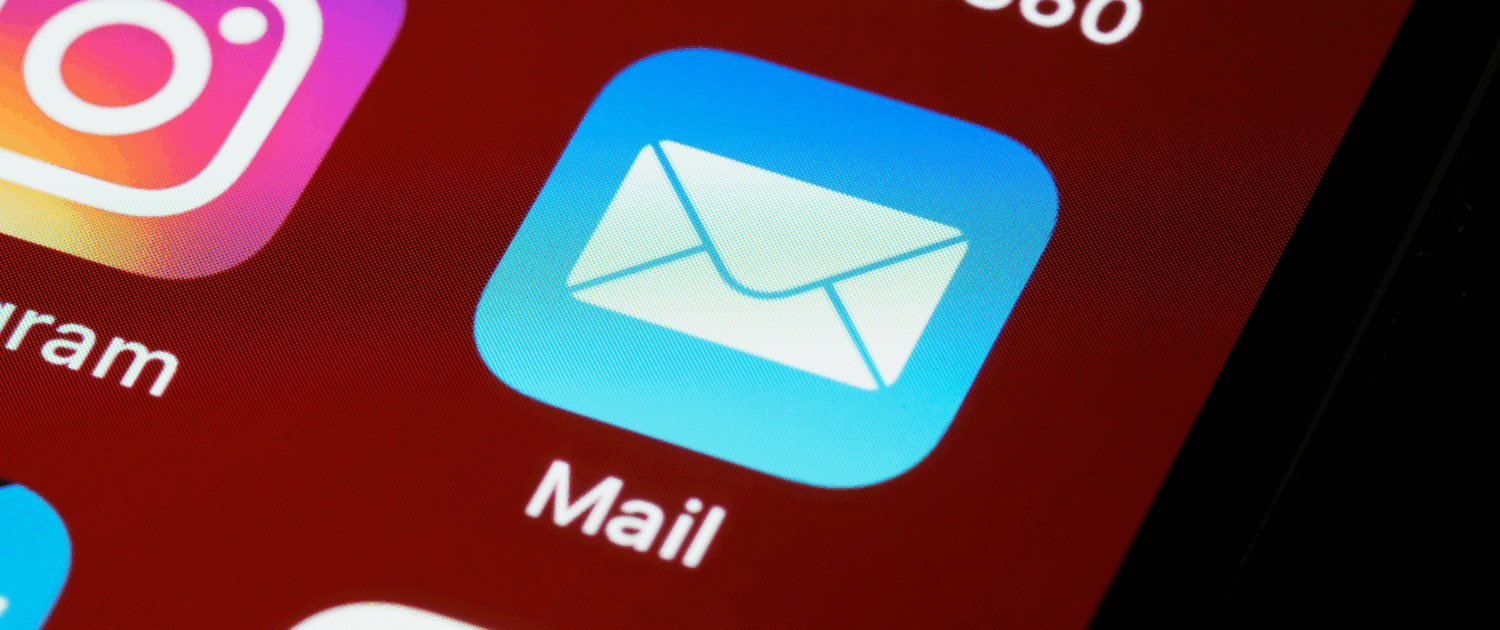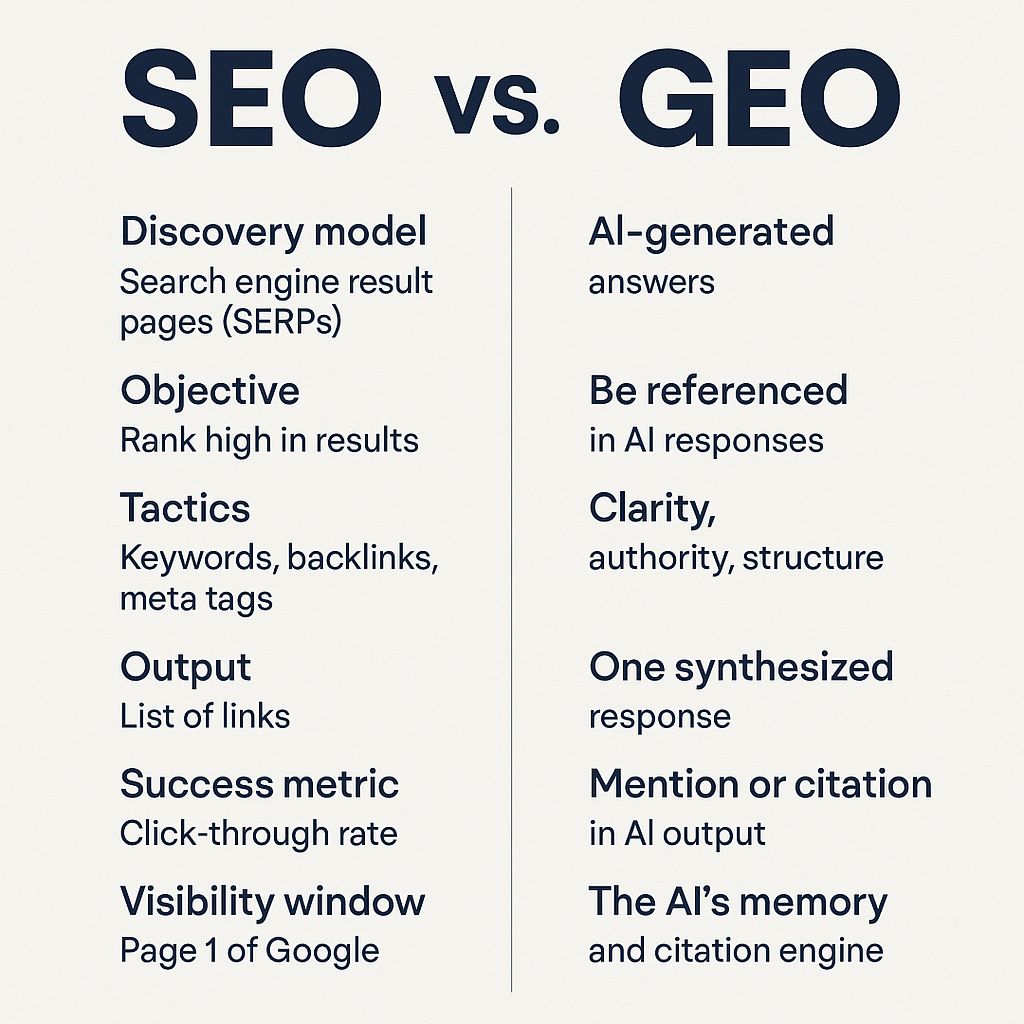Email Marketing Beyond Newsletters: Interactive & Shoppable Emails
Email marketing has come a long way from static newsletters and promotional blasts. In 2025, inboxes are becoming more dynamic, interactive, and even transactional. With consumers expecting personalization and convenience, brands are now experimenting with interactive features, AMP technology, and shoppable experiences directly inside emails.
This blog will explore the latest trends in email innovation, why they matter, and how real businesses are already seeing results.
Why Go Beyond Newsletters?
The average person receives over 120 emails per day. Standing out requires more than clever subject lines – it means turning your email into an experience.
- Brands using AMP emails see up to 300% more clicks compared to traditional campaigns.
- Retail brands report up to 40% higher conversion rates with shoppable email features.
- Polls, quizzes, and embedded videos create opportunities for real-time feedback and two-way communication.
Emerging Formats Reshaping Email
- AMP for Email
Accelerated Mobile Pages (AMP) now allow users to take actions, like RSVPing to an event, completing a survey, or browsing product carousels, without leaving the inbox. This reduces friction and boosts completion rates. - Embedded Polls & Quizzes
Instead of linking out, brands can gather customer insights directly inside the email. Interactive quizzes not only engage users but also provide valuable first-party data to fuel personalization. - Shoppable Emails
One-click shopping experiences are gaining traction. Imagine browsing product recommendations, adding to cart, and completing checkout – all within an email. For eCommerce, this is a game-changer for reducing drop-off. - Video & Dynamic Content
Embedding short videos, countdown timers, or live content creates urgency and excitement. These features make emails feel less like static messages and more like mini-web experiences.
Case Study: Retailer Boosts Engagement with Interactive Campaign
Background:
A mid-sized apparel brand had relied on seasonal newsletters for years, but click-through rates had plateaued at ~6%.
The Shift:
In 2024, they tested a new AMP-enabled campaign that included a product carousel and an embedded poll (“Which fall trend fits your style?”).
Results (30 Days):
- Email open rate: +18% increase
- Click-through rate: 3x higher
- Poll engagement: 2,100 responses, creating valuable first-party data
- Revenue impact: 27% increase in attributed email sales compared to the previous campaign
Takeaway: By transforming their newsletter into an interactive shopping experience, the retailer turned passive readers into active participants.
Case Study: B2B Firm Uses Polls for Smarter Segmentation
Background:
A SaaS provider struggled with tailoring its campaigns to varied audiences (marketers, IT, and C-suite).
The Shift:
The firm added a “What’s your biggest 2025 challenge?” poll inside an email campaign. Options included “data privacy,” “automation,” and “AI adoption.”
Results (60 Days):
- 64% of recipients engaged with the poll
- Segmentation accuracy improved significantly
- Follow-up nurture campaigns had 2.5x higher conversion rates
Takeaway: Interactive email isn’t just for eCommerce. It can also fuel smarter personalization in B2B, helping companies serve the right content to the right audience.
The Future of Email Is Experiential
In 2025, email is less about sending updates and more about creating an extension of your website inside the inbox. Brands that adapt now – by adopting AMP, experimenting with shoppable features, and gathering interactive data – will be the ones that cut through inbox clutter.
Work With Onimod Global
At Onimod Global, we specialize in helping brands evolve their digital strategies, including email marketing that drives measurable results. Whether it’s implementing AMP, building shoppable campaigns, or leveraging interactive content for segmentation, we craft email experiences that resonate.
📩 Ready to go beyond newsletters? Contact us today → onimodglobal.com
FAQs
Q1: Do interactive emails work on all devices?
Not yet. AMP and advanced features are still rolling out across inbox providers, but fallbacks ensure users always see a functional version.
Q2: Are shoppable emails secure?
Yes. Transactions happen within secure environments, and brands can integrate with trusted payment gateways.
Q3: Is this only for eCommerce?
No. B2B and service-based brands can use interactive elements (like polls, quizzes, or event sign-ups) to boost engagement.
Q4: Does this replace newsletters?
No, newsletters still matter. The key is evolving them into more engaging, interactive experiences.











